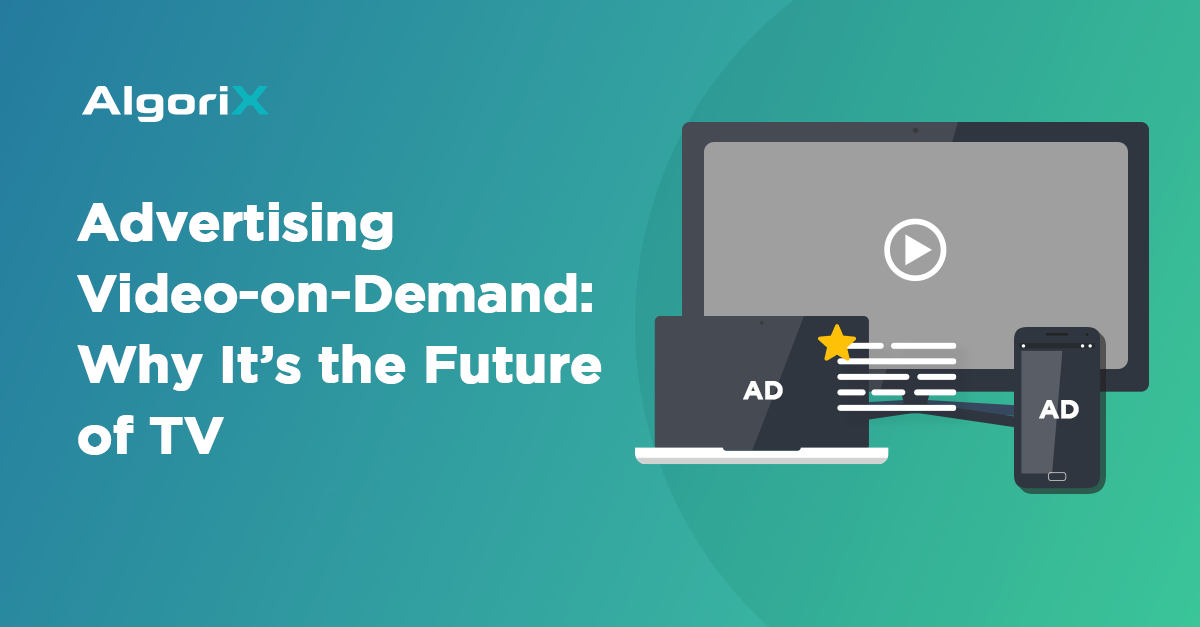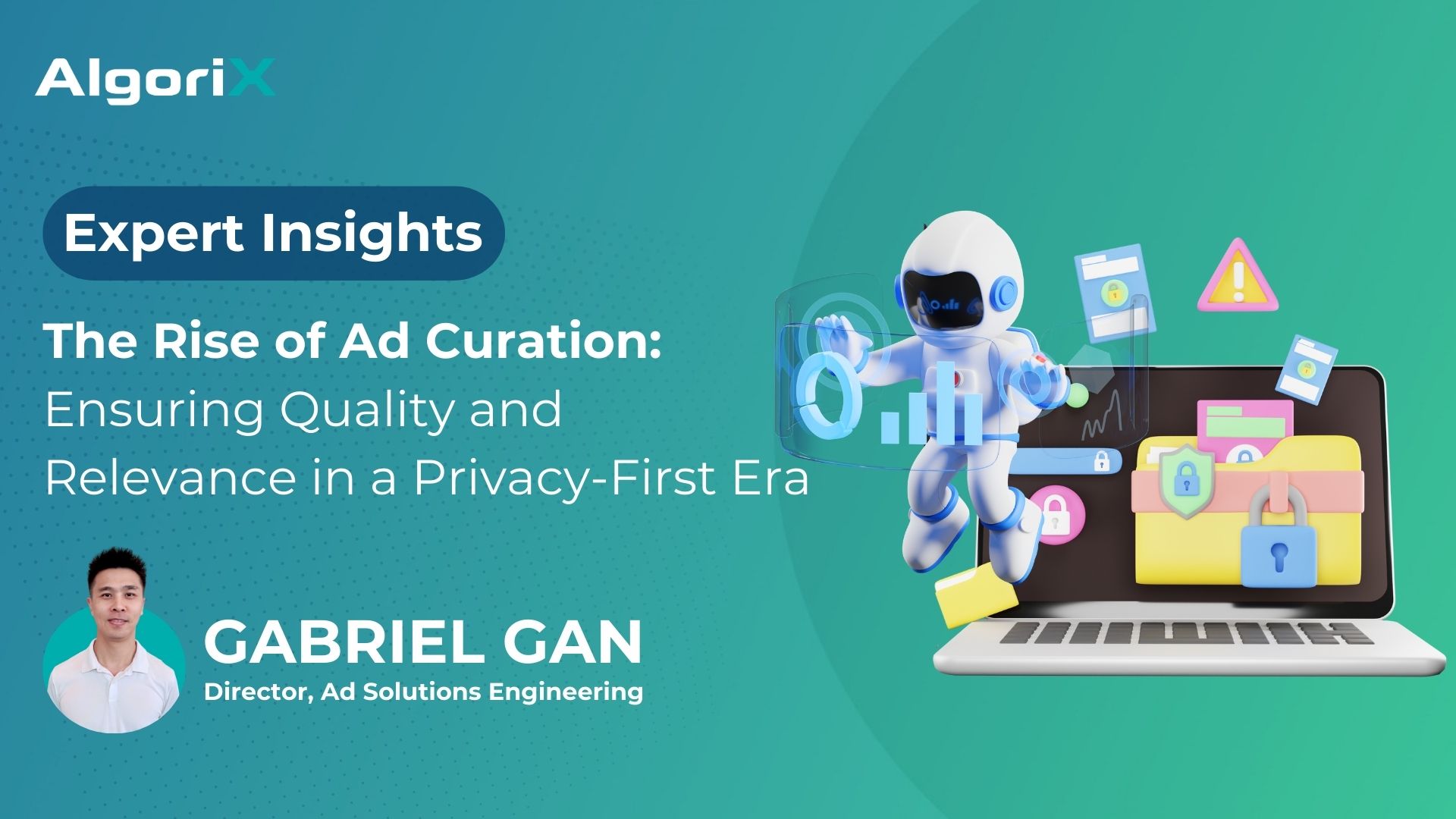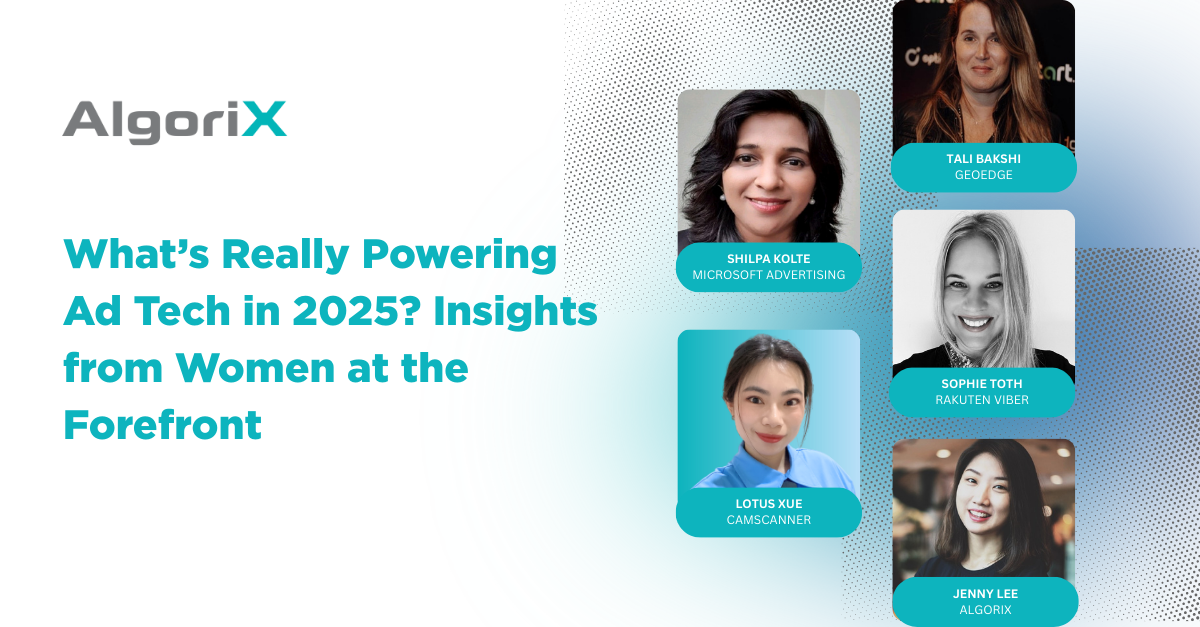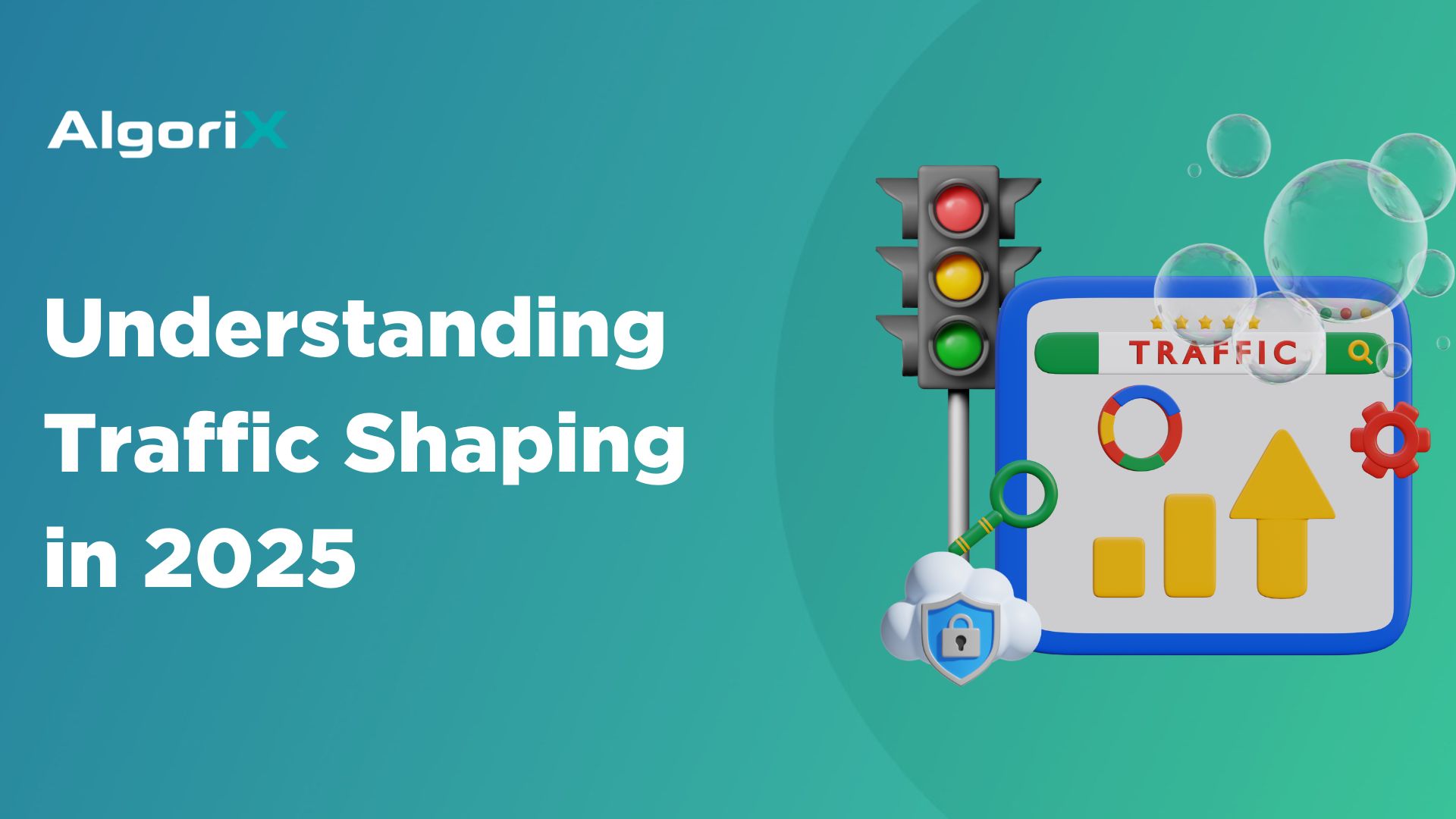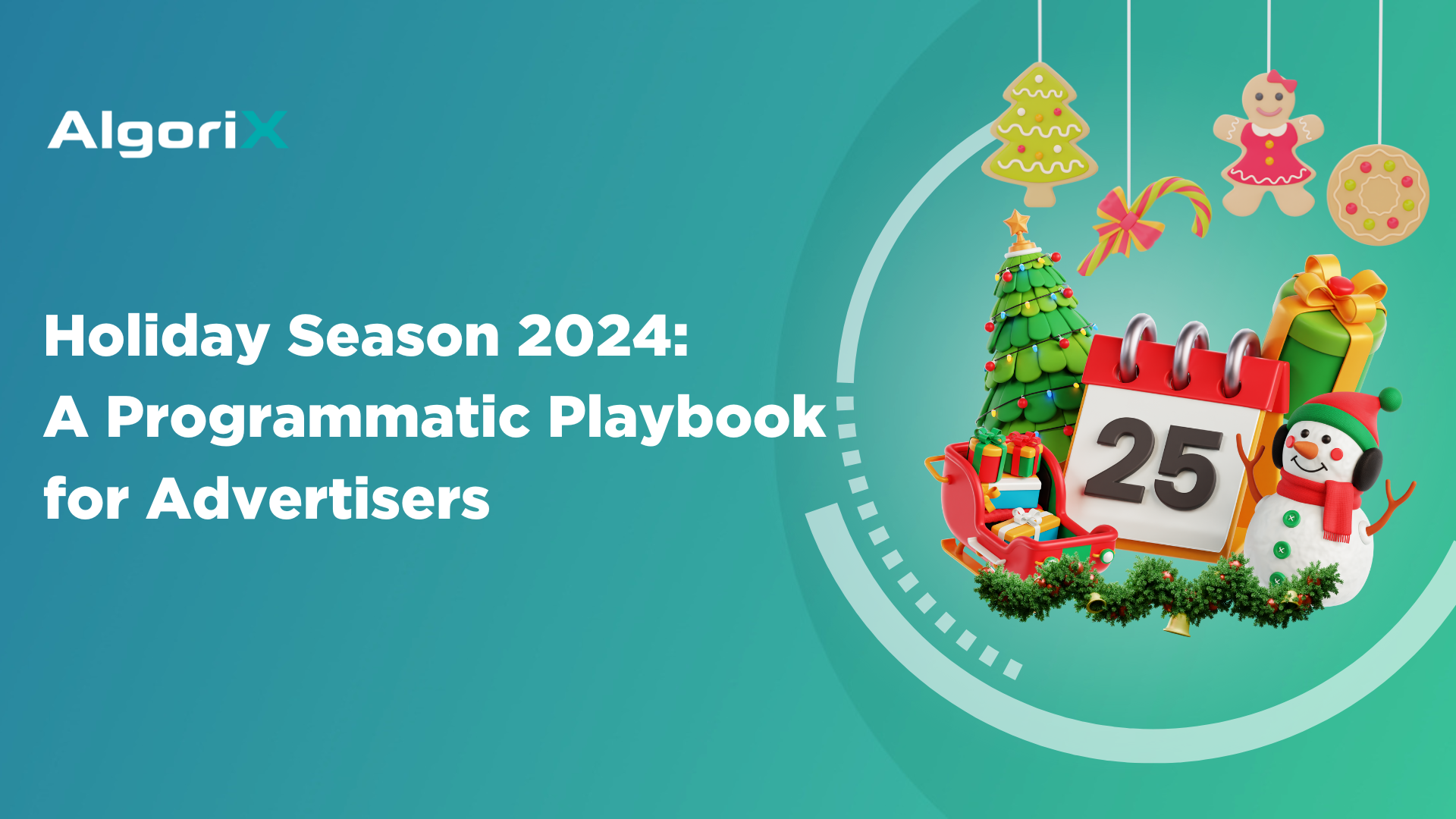In recent years, subscription video-on-demand (SVOD) services have been the go-to model for most streaming platforms. TV consumption changed dramatically, with streaming services such as Hulu and Netflix becoming household names.
According to Statista’s estimates, SVOD subscriptions can reach 1.7 billion by 2027. But this doesn’t mean new ad-supported platforms and services don’t have a place in the streaming race. In fact, it can be the future of television. Netflix, the biggest streaming platform globally, joining forces with Microsoft to offer an advertising-based subscription plan can spell a huge difference.
What is Advertising Video-on-Demand and Why Choose It?
Advertising video-on-demand (AVOD) is a streaming service that uses ads to earn revenue. Brands can take advantage of the service to reach more people who watch shows without paying monthly subscription fees. Hulu was one of the major AVOD companies before it shifted its services to SVOD.
A study shows that AVOD streamers are expected to earn $260 billion over the next three years, way more than the projected earnings of SVOD of $174 billion.
Consumers still subscribe to streaming services. However, the current trend shows that subscription growth doesn’t align with the number of consumers. This means a continuous decline in subscriber numbers and a possible negative churn rate. Shifting to an AVOD model may be the solution.
Putting Context in Advertising
To experience the value of AVOD, brands need to look beyond the growth and size of their audience. They must pay close attention to engaging the consumers. The goal is to increase the time spent on streaming.
How do you make this happen?
You have to put context in your advertising efforts. Most AVOD platforms assume attracting consumers is all about content. However, most ad-supported contents are irrelevant and inappropriate. This leads to a negative ad experience.
Nowadays, it’s common to hear consumers voice out their dismay about duplicated and bloated content. With more streaming options to choose from, it won’t be hard for the audience to jump the fence.
Marriage of Advertising and User Experience
Remember, AVOD is all about engaging your audience. This means investing in advertising experience and ensuring it gels with the overall user experience.
AVOD providers must focus on relevance. This is possible by employing the best practices for ad targeting, programmatic ad activation, and measurement.
Relevance should be at the granular level to ensure the audience actually gets value from the content they’re consuming. Serving ad frequency should undergo A/B testing to see if the content isn’t overly duplicated.
Winning Back Lost Audiences with AVOD
Consumers have changing preferences and understand that consuming free content in exchange for their attention is a deal they’ve entered into when using ad-supported platforms. However, it remains the advertiser’s responsibility to ensure their target audience will not rethink the bargain they’ve signed up for.
AVOD is also critical in recapturing lost audiences because of the engagement options brands can employ in their advertising strategies.
The Future of AVOD
The concept of AVOD may still be new. But it has a promising future. With viewers demanding quality over their content experience, it’s about nailing the best practices. Platforms must invest in solidifying their content stack.
Need help with your advertising campaigns? Contact us now, and we’ll help you optimize your ad content.

